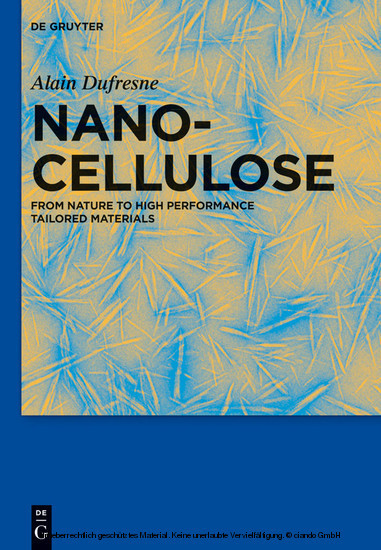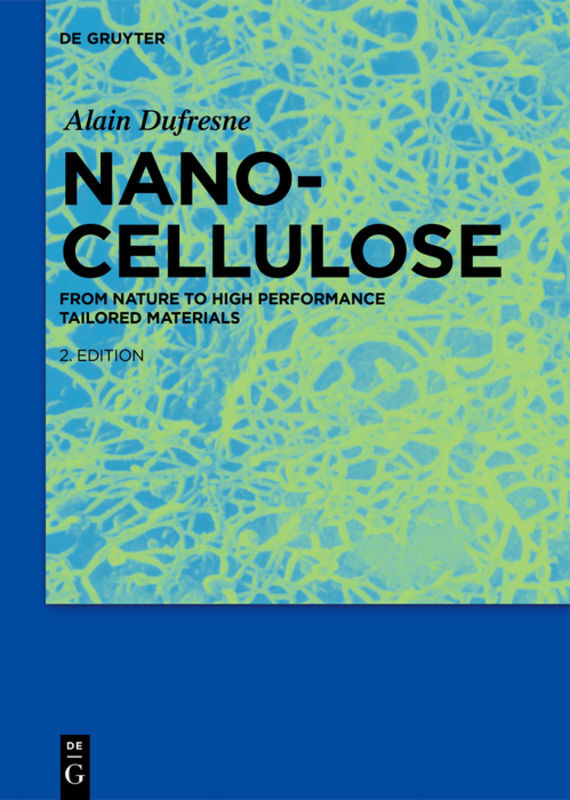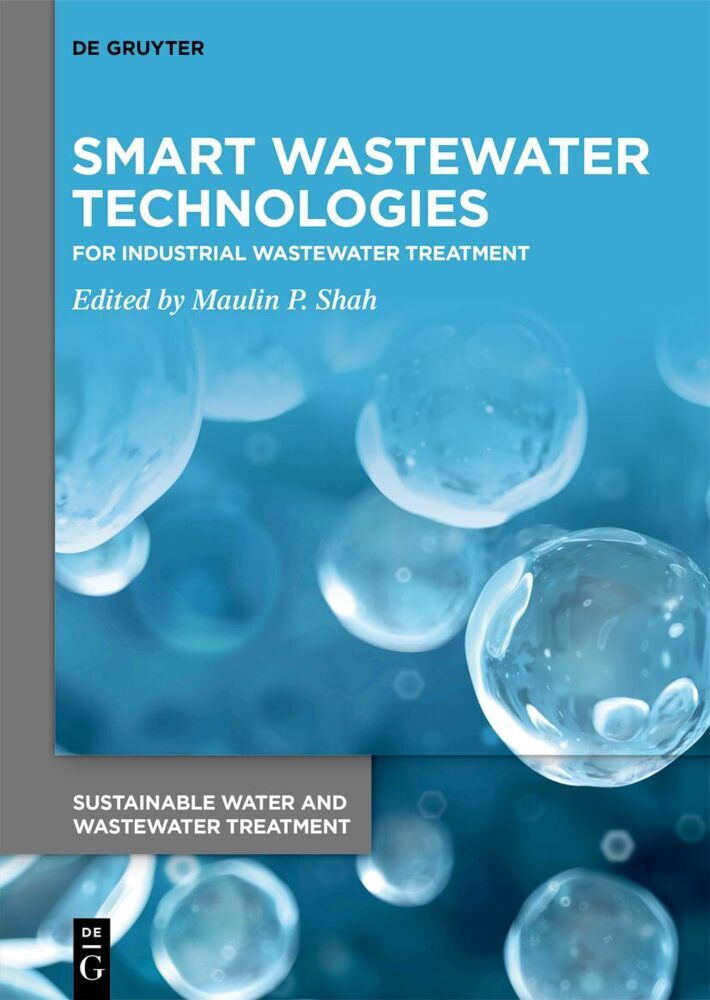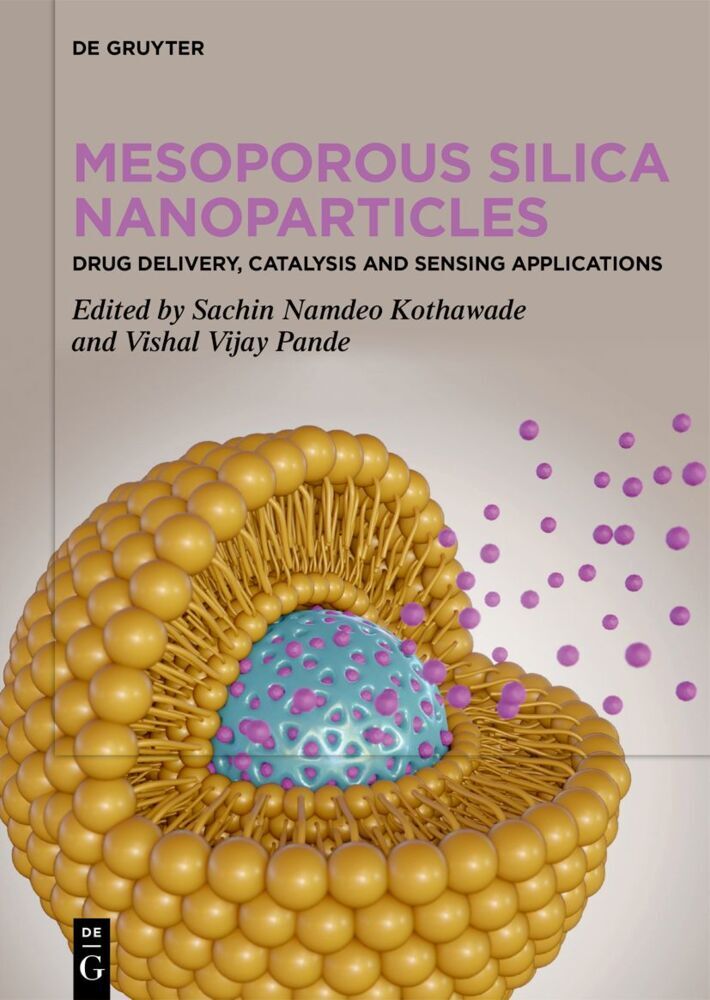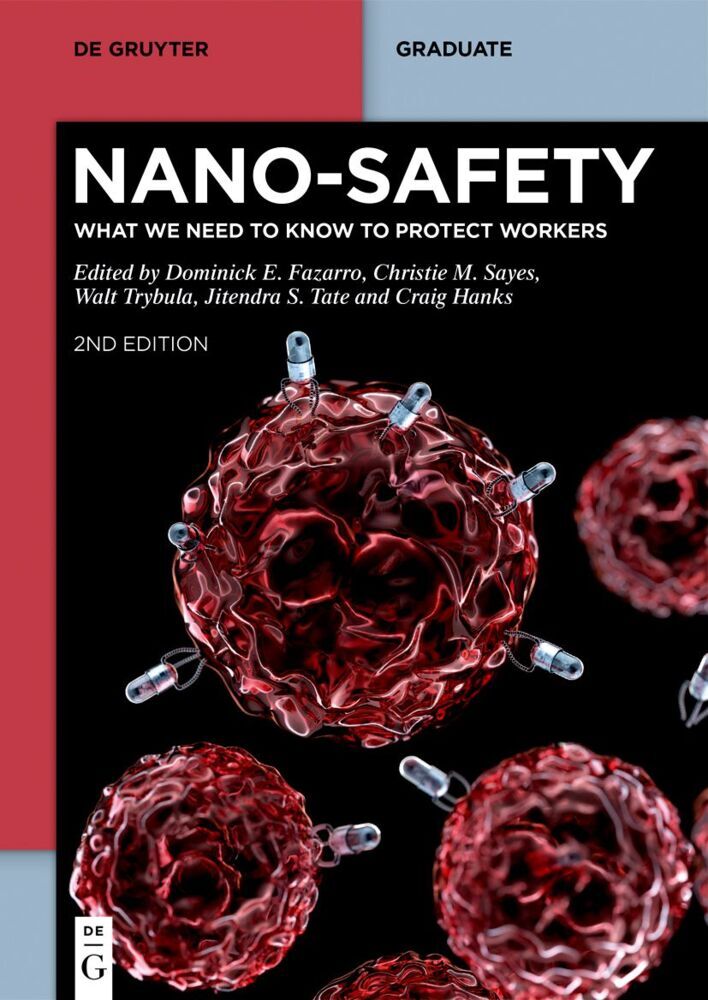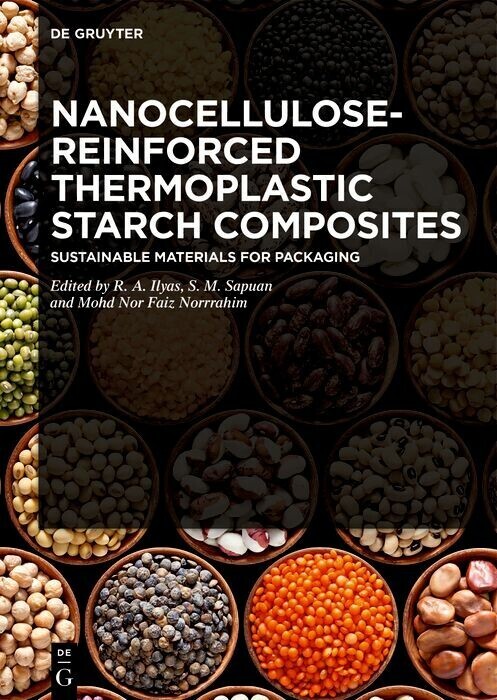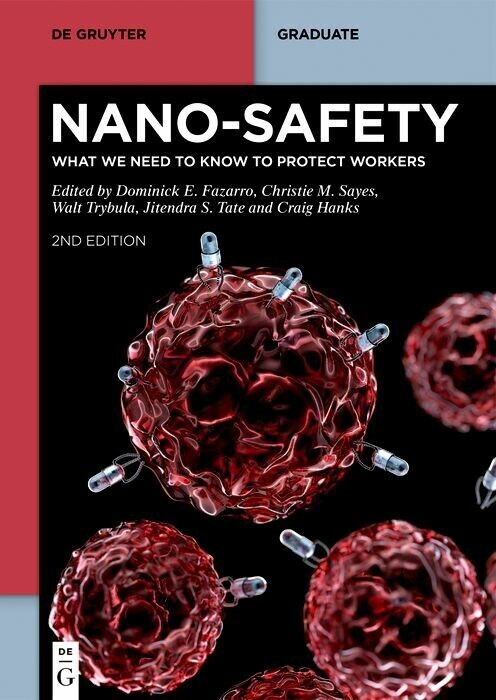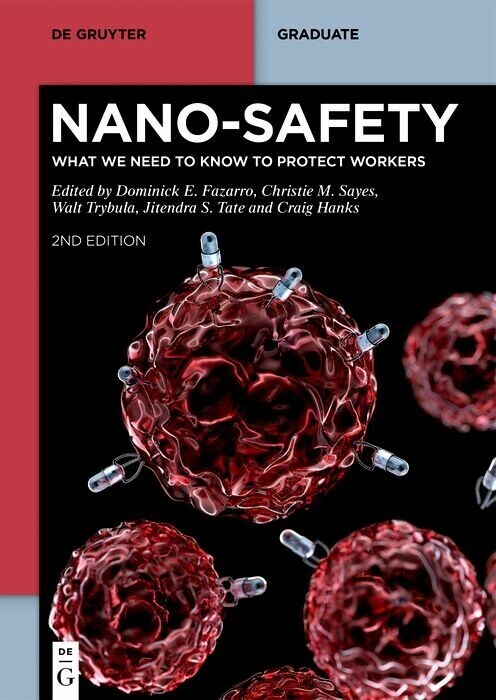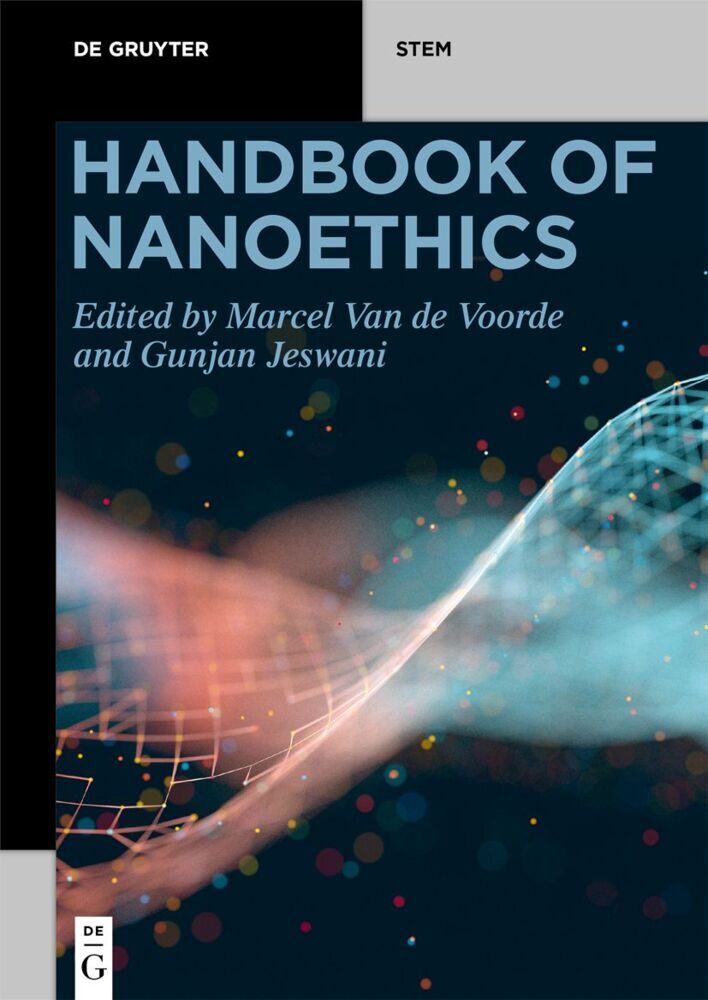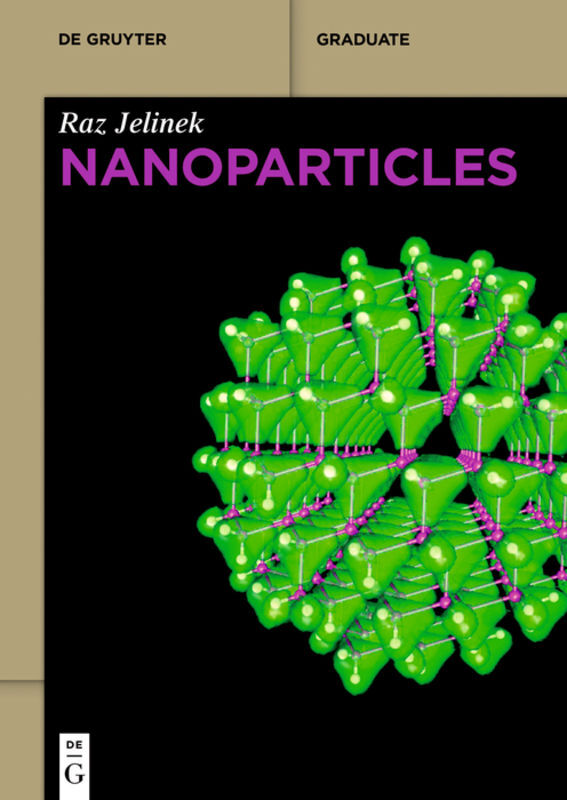Nanocellulose
From Nature to High Performance Tailored Materials
This specialist monograph provides an overview of the recent research on the fundamental and applied properties of nanoparticles extracted from cellulose, the most abundant polymer on the planet and an essential renewable resource. The author pioneered the use of cellulose nanoparticles (cellulose nanocrystals or whiskers and cellulose microfibrils) in nanocomposite applications. The book combines a general introduction to cellulose and basic techniques with more advanced chapters on specific properties and applications of nanocellulose.
Alain Dufresne, Grenoble Institute of Technology, Saint Martin d'Hères, France.
1;Preface;7 2;1 Cellulose and potential reinforcement;17 2.1;1.1 Polysaccharides;17 2.2;1.2 Chemical structure of the cellulose macromolecul;19 2.3;1.3 Biosynthesis of cellulose;21 2.4;1.4 Polymorphism of cellulose;24 2.4.1;1.4.1 Cellulose I;24 2.4.2;1.4.2 Cellulose II;26 2.4.3;1.4.3 Cellulose III;26 2.4.4;1.4.4 Cellulose IV;27 2.5;1.5 Cellulose microfibrils;27 2.6;1.6 Hierarchical structure of plants and natural fibers;31 2.7;1.7 Potential reinforcement of cellulose;35 2.7.1;1.7.1 Mechanical properties of natural fibers;36 2.7.2;1.7.2 Mechanical properties of cellulose microfibrils;39 2.7.3;1.7.3 Mechanical properties of cellulose crystal;41 2.8;1.8 Cellulose-based materials;47 2.8.1;1.8.1 Thermoplastically processable cellulose derivatives;48 2.8.2;1.8.2 Cellulose fiber reinforced composites;49 2.9;1.9 Conclusions;50 2.10;1.10 References;51 3;2 Preparation of microfibrillated cellulose;59 3.1;2.1 Fiber fibrillation process;59 3.1.1;2.1.1 Purification of cellulose;60 3.1.2;2.1.2 High-pressure homogenization;61 3.1.3;2.1.3 Grinding;63 3.1.4;2.1.4 Cryocrushing;65 3.1.5;2.1.5 High-intensity ultrasonication;66 3.1.6;2.1.6 Electrospinning;67 3.2;2.2 Pretreatments;69 3.2.1;2.2.1 Enzymatic pretreatment;70 3.2.2;2.2.2 Carboxymethylation;72 3.2.3;2.2.3 TEMPO-mediated oxidation pretreatment;73 3.3;2.3 Morphology;74 3.4;2.4 Degree of fibrillation;78 3.4.1;2.4.1 Turbidity of the suspension;78 3.4.2;2.4.2 Viscosity of the suspension;78 3.4.3;2.4.3 Porosity and density;78 3.4.4;2.4.4 Mechanical properties;81 3.4.5;2.4.5 Water retention;81 3.4.6;2.4.6 Degree of polymerization;81 3.4.7;2.4.7 Specific surface area;82 3.4.8;2.4.8 Crystallinity;84 3.5;2.5 Mechanical properties of MFC films;85 3.6;2.6 Optical properties of MFC films;88 3.7;2.7 Functionalization of MFC films;90 3.8;2.8 Conclusions;90 3.9;2.9 References;91 4;3 Preparation of cellulose nanocrystals;99 4.1;3.1 Pioneering works on the acid hydrolysis of cellulose;99 4.2;3.2 Pretreatment of natural fibers;101 4.3;3.3 Acid hydrolysis treatment;102 4.3.1;3.3.1 Sources of cellulose;103 4.3.2;3.3.2 Nature of the acid;106 4.3.3;3.3.3 Effect and optimization of extraction conditions;108 4.4;3.4 Other processes;112 4.4.1;3.4.1 Enzymatic hydrolysis treatment;112 4.4.2;3.4.2 TEMPO oxidation;113 4.4.3;3.4.3 Hydrolysis with gaseous acid;114 4.4.4;3.4.4 Ionic liquid;115 4.5;3.5 Post-treatment of hydrolyzed cellulose;115 4.5.1;3.5.1 Purification of the suspension;115 4.5.2;3.5.2 Fractionation;115 4.5.3;3.5.3 Yield;117 4.6;3.6 Morphology;118 4.7;3.7 Degree of hydrolysis;124 4.7.1;3.7.1 Birefringence of the suspension;124 4.7.2;3.7.2 Viscosity of the suspension;126 4.7.3;3.7.3 Porosity and density;126 4.7.4;3.7.4 Mechanical properties;126 4.7.5;3.7.5 Degree of polymerization;127 4.7.6;3.7.6 Specific surface area;128 4.7.7;3.7.7 Level of sulfation;129 4.7.8;3.7.8 Crystallinity;130 4.8;3.8 Mechanical properties of nanocrystal films;132 4.9;3.9 Conclusions;134 4.10;3.10 References;134 5;4 Bacterial cellulose;141 5.1;4.1 Production of cellulose by bacteria;141 5.2;4.2 Influence of carbon source;145 5.3;4.3 Culture conditions;146 5.4;4.4 In situ modification of bacterial cellulose;149 5.5;4.5 Bacterial cellulose hydrogels;150 5.6;4.6 Bacterial cellulose films;152 5.7;4.7 Applications of bacterial cellulose;156 5.8;4.8 Conclusions;157 5.9;4.9 References;158 6;5 Chemical modification of nanocellulose;163 6.1;5.1 Reactivity of cellulose;163 6.2;5.2 Surface chemistry of cellulose nanoparticles;166 6.3;5.3 Non-covalent surface chemical modification of cellulose nanoparticles;168 6.3.1;5.3.1 Adsorption of surfactant;168 6.3.2;5.3.2 Adsorption of macromolecules;169 6.4;5.4 Esterification, acetylation and acylation;170 6.5;5.5 Cationization;174 6.6;5.6 Silylation;175 6.7;5.7 Carbamination;177 6.8;5.8 TEMPO-mediated oxidation;178 6.9;5.9 Polymer grafting;180 6.9.1;5.9.1 Polymer grafting using the "grafting onto" approach;183 6.9.2;5.9.2 Polymer grafting using the "grafting from" approach;185 6.10;5.10 Click chemi
Dufresne, Alain
| ISBN | 9783110254600 |
|---|---|
| Artikelnummer | 9783110254600 |
| Medientyp | E-Book - PDF |
| Copyrightjahr | 2013 |
| Verlag | Walter de Gruyter GmbH & Co.KG |
| Umfang | 475 Seiten |
| Sprache | Englisch |
| Kopierschutz | Digitales Wasserzeichen |

